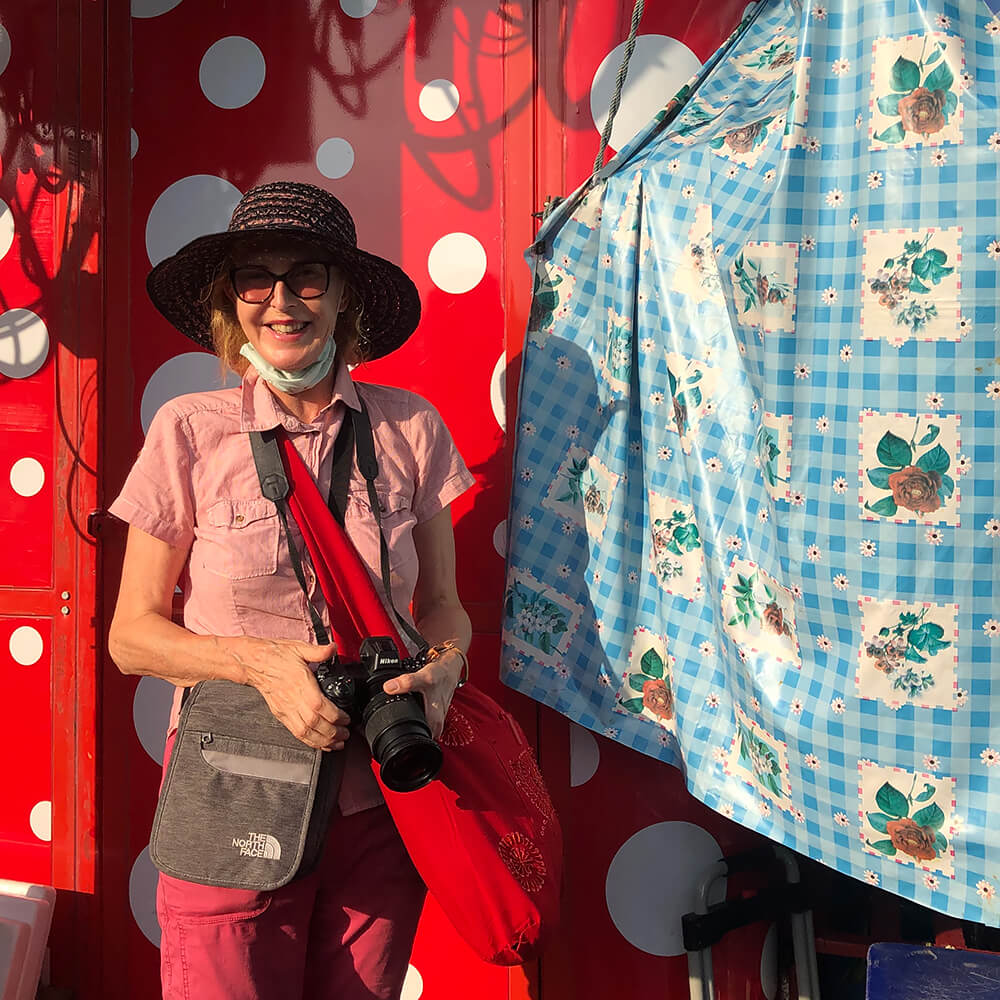I was born in Soviet Poland, where I found my calling in spatial perception and geometric patterns of architecture.
After graduating from architectural studies, I moved to Paris, where I live to this day.
I discovered street photography in November 2018, when I decided to take part in one of Maciej Dakowicz's workshops in Myanmar.
It was the first spark that started a whole series of workshops and photography trips, from Bolivia to the Bay of Bengal in India, my photos are inspired by the people I meet on every adventure.
Statement
I live for spontaneous encounters that can only take place in the streets, looks, compositions and colors lead me to create portraits through contact and empathy.
A woman blindfolding her eyes from the sun, a shadow flooding the edges of a fruit stand, a scarf carried away by a sudden gust of wind,
these ordinary scenes become extraordinary fragments that make up my photos.
When I go to the streets with my camera, I have no specific idea of what I will be photographing...
street, light, colors and most of all ordinary people inspire me.
I feel that something magical is happening with me, witch the world around me as I take pictures.
I don't think about art when I work, I think about life.
- Jean Michel Basquiat
Awarded Photographer of the Week - Week 18